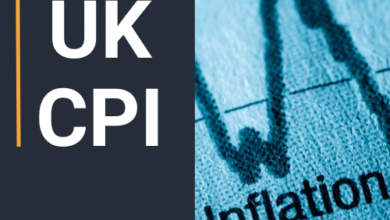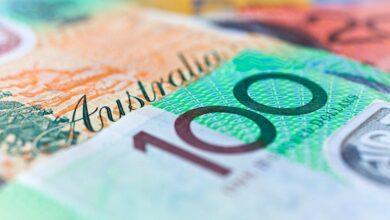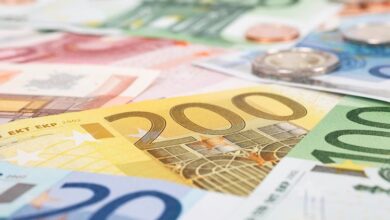Gold price in Pakistan: Rates on February 28

Gold prices fell in Pakistan on Wednesday, according to data compiled by FXStreet.
The price for 24-carat Gold stood at 18,097.61 Pakistani Rupees (PKR) per gram, down PKR 146.12 compared with the PKR 18,243.72 it cost on Tuesday.
The price for 24-carat Gold decreased to PKR 211,086.95 per tola from PKR 212,791.23 per tola.
| Unit measure | Gold Price in PKR |
|---|---|
| 1 Gram | 18,097.61 |
| 10 Grams | 180,976.08 |
| Tola | 211,086.95 |
| Troy Ounce | 562,898.95 |
FXStreet calculates Gold prices in Pakistan by adapting international prices (XAU/USD) to the local currency and measurement units. Prices are updated daily based on the market rates taken at the time of publication. Prices are just for reference and local rates could diverge slightly.
Global Market Movers: Gold price awaits fresh catalyst before the next leg of a directional move
- A combination of diverging forces fails to provide any meaningful impetus to the Gold price, which extends its consolidative price move in a nearly one-week-old trading range.
- The Federal Reserve’s higher-for-longer interest rates narrative lends some support to the US Dollar and continues to undermine the non-yielding yellow metal on Wednesday.
- A fresh leg down in the US bond yields, along with the looming US government shutdown and Tuesday’s disappointing release of US Durable Goods Orders, should cap the USD.
- US President Joe Biden emphasized the necessity of finding a solution to prevent a detrimental government shutdown on March 1 as a legislative logjam showed no signs of abating.
- The US Census Bureau reported that orders for long-lasting US manufactured goods experienced a larger-than-expected decline of 6.1% in January, the most in nearly four years.
- Meanwhile, the Conference Board’s Consumer Sentiment Index fell after three straight months of gains and came in at 106.7 for February, despite declining inflation expectations.
- The Richmond Fed’s Manufacturing Index recorded the fourth successive month of a negative reading, though improved to -5 in February as compared to -15 in the previous month.
- Traders now look to the release of the Prelim US GDP print, which is expected to match the original estimates and show that the economy expanded by a 3.3% annualized pace in Q4.
- This, along with speeches by influential FOMC members, will play a key role in driving the USD demand and producing some meaningful trading opportunities around the XAU/USD.
- The focus, however, remains glued to the US Personal Consumption Expenditures Price Index on Thursday, which should provide fresh cues about the Fed’s rate-cut path.
(An automation tool was used in creating this post.)
Gold FAQs
Gold has played a key role in human’s history as it has been widely used as a store of value and medium of exchange. Currently, apart from its shine and usage for jewelry, the precious metal is widely seen as a safe-haven asset, meaning that it is considered a good investment during turbulent times. Gold is also widely seen as a hedge against inflation and against depreciating currencies as it doesn’t rely on any specific issuer or government.
Central banks are the biggest Gold holders. In their aim to support their currencies in turbulent times, central banks tend to diversify their reserves and buy Gold to improve the perceived strength of the economy and the currency. High Gold reserves can be a source of trust for a country’s solvency. Central banks added 1,136 tonnes of Gold worth around $70 billion to their reserves in 2022, according to data from the World Gold Council. This is the highest yearly purchase since records began. Central banks from emerging economies such as China, India and Turkey are quickly increasing their Gold reserves.
Gold has an inverse correlation with the US Dollar and US Treasuries, which are both major reserve and safe-haven assets. When the Dollar depreciates, Gold tends to rise, enabling investors and central banks to diversify their assets in turbulent times. Gold is also inversely correlated with risk assets. A rally in the stock market tends to weaken Gold price, while sell-offs in riskier markets tend to favor the precious metal.
The price can move due to a wide range of factors. Geopolitical instability or fears of a deep recession can quickly make Gold price escalate due to its safe-haven status. As a yield-less asset, Gold tends to rise with lower interest rates, while higher cost of money usually weighs down on the yellow metal. Still, most moves depend on how the US Dollar (USD) behaves as the asset is priced in dollars (XAU/USD). A strong Dollar tends to keep the price of Gold controlled, whereas a weaker Dollar is likely to push Gold prices up.
Get Best News and Web Services here







